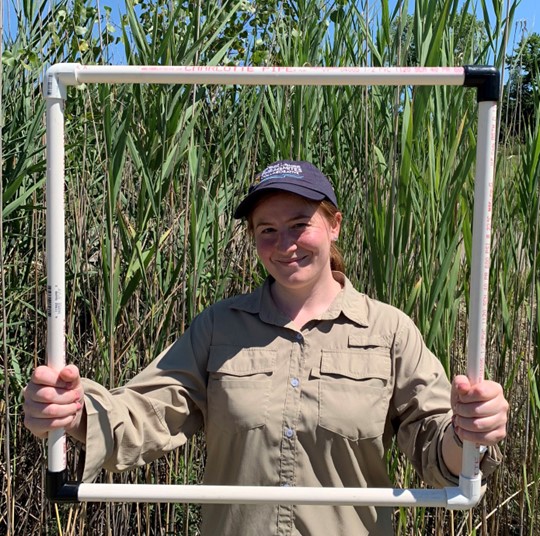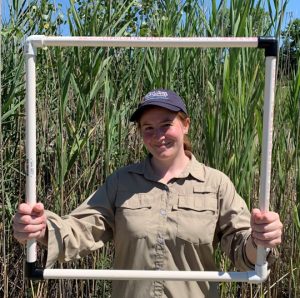Non-native Phragmites australis, the invasive common reed, has disrupted wetland ecosystems across North America. Although Phragmites established itself in the Great Lakes basin decades ago, there is still a high degree of uncertainty around which management techniques work best. To reduce that uncertainty, the Great Lakes Phragmites Collaborative established the Phragmites Adaptive Management Framework (PAMF), a participatory science program that anyone managing Phragmites can join. Managers submit basic management and monitoring data annually to inform the “PAMF Model” that then generates management guidance for the coming year based on the latest information. The Model learns more over time about which techniques are most effective and cost efficient, working toward establishing best management practices for Phragmites in the Great Lakes. Now in its sixth annual cycle, PAMF continues to grow as a program and to improve our understanding of Phragmites management. Learn about how PAMF works and what we’ve discovered so far.

The Phragmites Adaptive Management Framework: Using participatory science to manage the invasive common reed effectively
Webcast Video
Guests

Taaja R. Tucker-Silva
US Geological Survey – Great Lakes Science Center
Ecologist
Taaja Tucker-Silva is an ecologist at the US Geological Survey’s Great Lakes Science Center (GLSC) in Ann Arbor, Michigan focused on data management and analysis for PAMF. She has a bachelor’s degree in Fisheries and Wildlife from Michigan State University (2008), a master’s degree in Conservation Biology from Central Michigan University (2011), and has been performing Great Lakes ecological research at the GLSC since 2012.